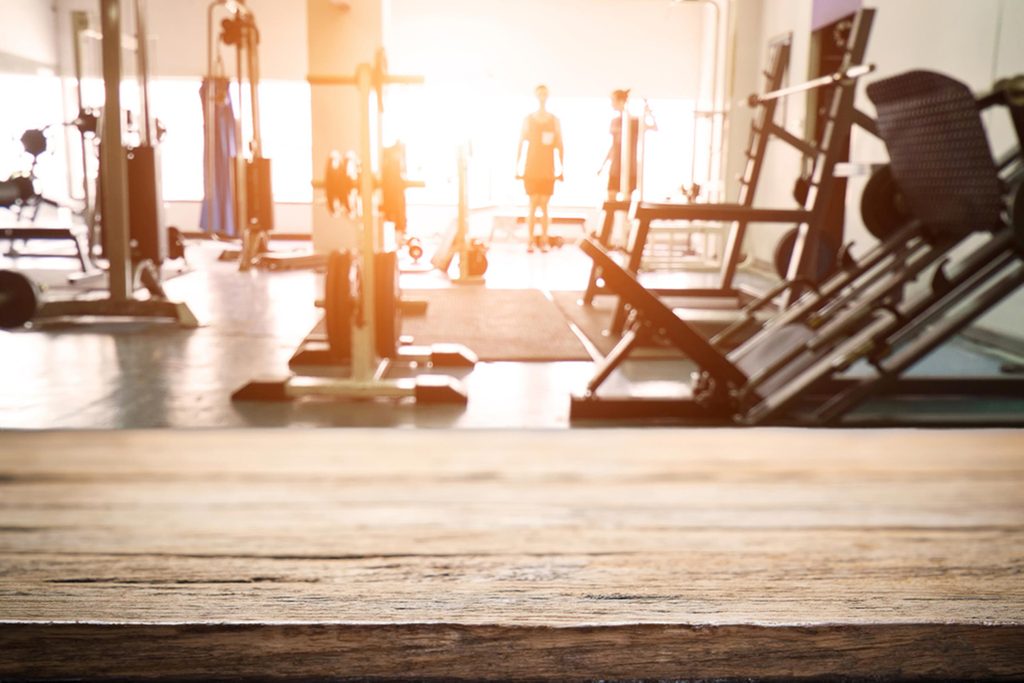You’re Begging for an Infection If You Use This Common Gym Item
Updated: Sep. 08, 2017
You came for the fitness, not the fungus.
 You’re already doing well just being at the gym at all (and if you need some motivation, here are 17 tips that make going to the gym less of a chore). Do you really have to haul your own exercise mat too? Unless you want to play fast and loose with a whole host of infections, the answer is yes. “People need to be aware that these communal surfaces are a big source for transmitting fungal infections and viral infections like warts,” says Margaret Weiss, MD, assistant professor of dermatology at the University of Maryland School of Medicine.
You’re already doing well just being at the gym at all (and if you need some motivation, here are 17 tips that make going to the gym less of a chore). Do you really have to haul your own exercise mat too? Unless you want to play fast and loose with a whole host of infections, the answer is yes. “People need to be aware that these communal surfaces are a big source for transmitting fungal infections and viral infections like warts,” says Margaret Weiss, MD, assistant professor of dermatology at the University of Maryland School of Medicine.
Unlike the treadmill and other stationary equipment (both dirtier than a toilet seat), public mats are constantly tossed on the floor, with group fitness participants pouring sweat into them all day. According to Dr. Weiss, this combination of heat and moisture creates the perfect breeding ground for bad bacteria. “Yeast and fungi thrive in these conditions,” she says. “And even a slight abrasion on your skin can give these microbes an entry point.”
What sort of infections are we talking about? Think nail fungus, scaly circular rashes, boils and blisters. “Microbes are either fungal, viral, or bacterial,” says Neelam A. Vashi, MD, assistant professor of dermatology, Boston University Cosmetic and Laser Center. “And unfortunately, publicly used exercise mats can host all of them.”
If your gym isn’t cleaning the mats between classes, you could also be laying down on skin cells shed by others—and the bacteria growing on them. “We are walking microbial planets,” says Brad Spellberg, MD, chief medical officer at the Los Angeles County-University of Southern California Medical Center. “We shed huge amounts of skin cells every day from our bodies, as many as 500 million by some estimates. If someone has a nasty bug and they shed it, you can acquire it when you touch the surface.”
That includes the possibility of picking up antibiotic resistant superbug MRSA (here are some other superbugs you should know about). “These infections typically affect the skin of otherwise healthy individuals,” says Anthony Gerard, MD, assistant clinical professor of family medicine at Penn State, Hershey. “It can spread easily amongst individuals in public work out areas, where items are often shared and surfaces come into direct skin contact.”
In addition to bringing your own mat (and cleaning it properly), Dr. Gerard emphasizes these fitness hygiene habits:
1) Wash your hands. Use soap and water or an alcohol-based sanitizer (Dr. Weiss cites Purell as a top choice). Do this before and after using shared weight training equipment.
2) Shower immediately after exercise. Don’t share items that touch your bare skin.
3) Cover any irritated or open skin (cuts and scrapes) with a bandage. Lay a towel down when you sit on shared surfaces.